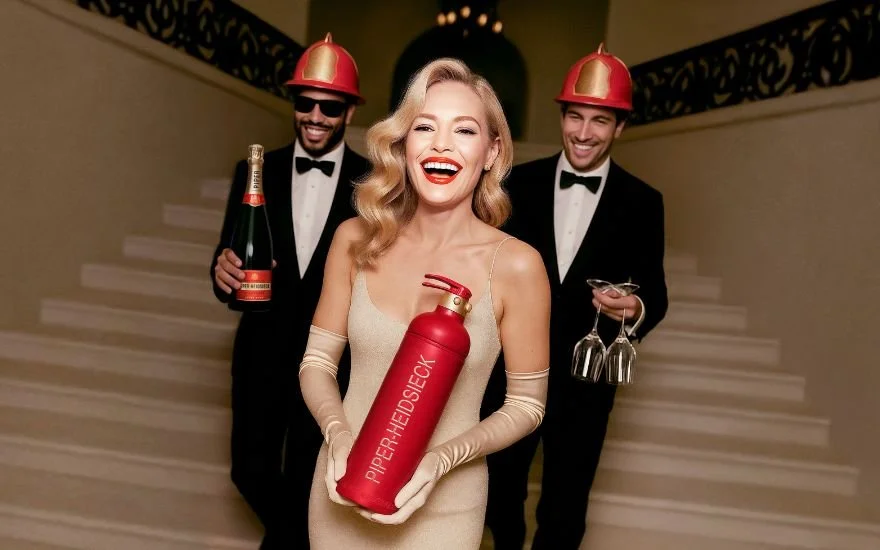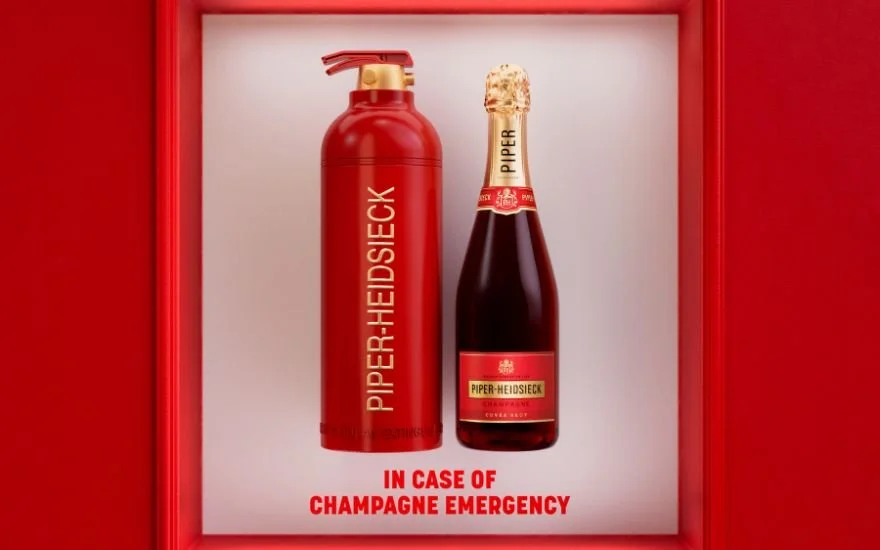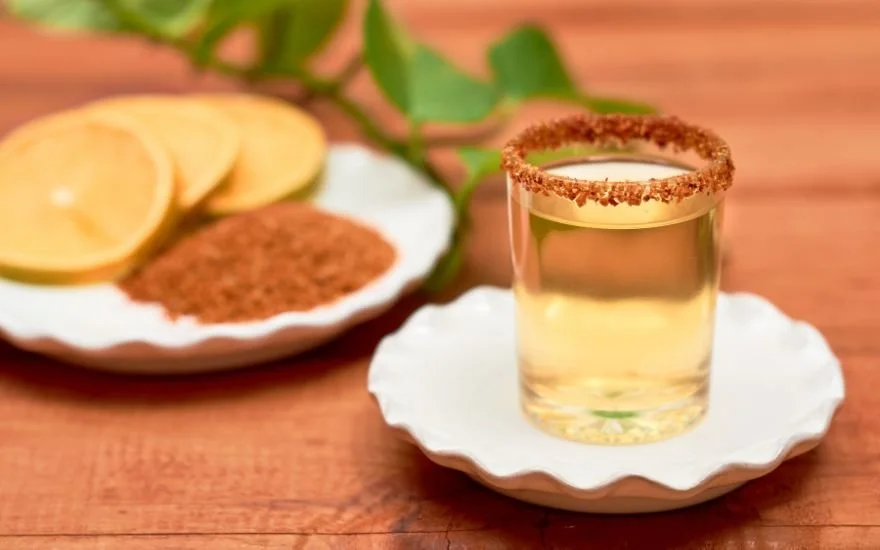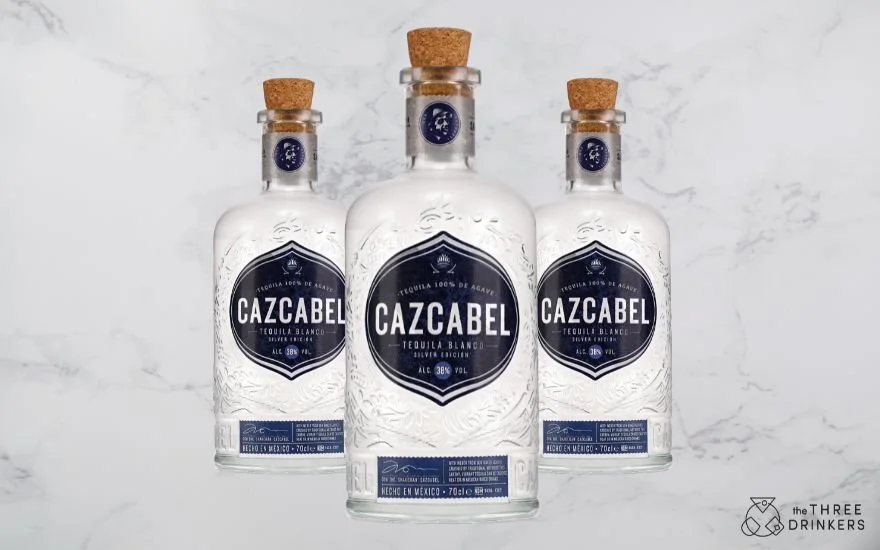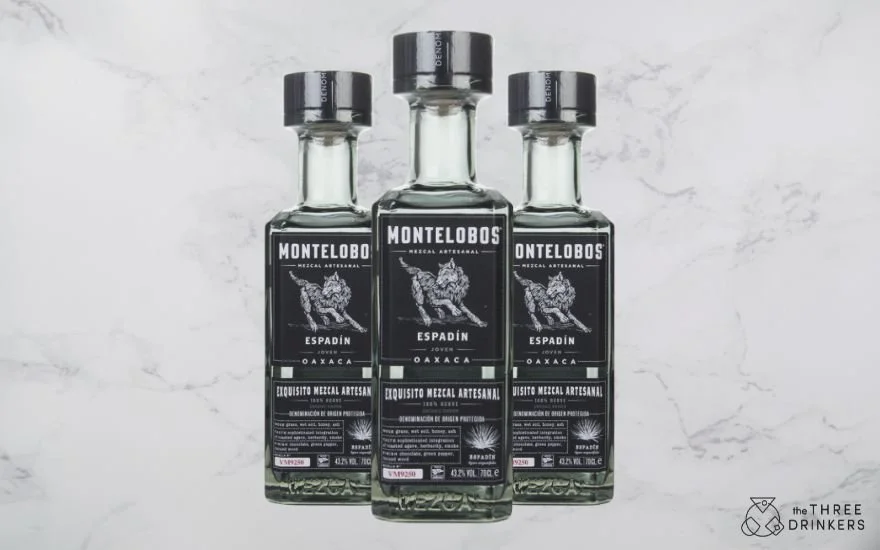There are spirits that impress, and then there are spirits that redefine what’s possible. Enter Aureus Vita Fibonacci Dry Gin, a liquid masterpiece inspired by the mathematical elegance of the golden ratio (1.618). This ultra-premium gin doesn’t just raise the bar; it rewrites the formula for balance and beauty in a bottle.
What Happens When Chemistry Meets Craft?
It began, as most revolutions do, with curiosity. Chemist-turned-master-distiller John Hall wasn’t content with convention. Instead, he wondered: If nature, art, and even music could follow the Fibonacci sequence, that repeating pattern found in sunflowers, shells, and symphonies, why couldn’t gin do the same?
Years of experimentation led to a breakthrough: the Fibonacci-Hall Distillation Method. Every ratio, temperature, and botanical interaction is calculated using the golden ratio, resulting in a gin that quite literally embodies mathematical perfection.
The result? A spirit with more depth, viscosity, and aromatic complexity than your standard London Dry. Think of it as the meeting point between scientific precision and artistic intuition, a gin where every drop tells a story of balance.
What Makes Fibonacci Gin So Unique?
Aureus Vita is far from your everyday pour. While most gins might offer two or three recognisable flavour notes, this one delivers a 10-layer flavour journey, unfolding with clarity and sequence.
At its heart are juniper and baobab pulp, both harvested in November and used fresh within three months to capture their peak brightness. Distilled once a year to mirror the rhythm of the natural world, Aureus Vita reflects a rare commitment to purity and timing.
Even its name, Aureus Vita, translates to “golden way of life,” a fitting tribute to the mathematical harmony guiding its creation.
How Does It Taste?
Expect a smooth yet structured texture, richer than most gins, with unfolding notes that feel deliberate, almost choreographed. First come bright citrus and green spice, followed by the earthy sweetness of baobab and a subtle, lingering finish of blackcurrant leaf and liquorice.
Its 61.8% ABV isn’t a number chosen for shock value; it’s a deliberate nod to the golden ratio itself. Sip it neat, in a Golden Martini, or as part of a slow-savour G&T; every serve is designed to reveal a different facet of its precision.
Why It Belongs in Every Collector’s Cabinet
With only one Fibonacci-Hall still in existence, a prototype built in Cornwall, each bottle of Aureus Vita feels like owning a piece of distilling history. This is craftsmanship at its most cerebral and sensorial.
From its phi-inspired bottle design to the golden spiral of its botanical blend, Aureus Vita is a conversation piece. A story of how numbers, nature, and flavour can intertwine to create something rare, balanced, and utterly mesmerising.
Where to Find It: Available exclusively at Fortnum & Mason
Size: 70cl
ABV: 61.8%
Price: £169









